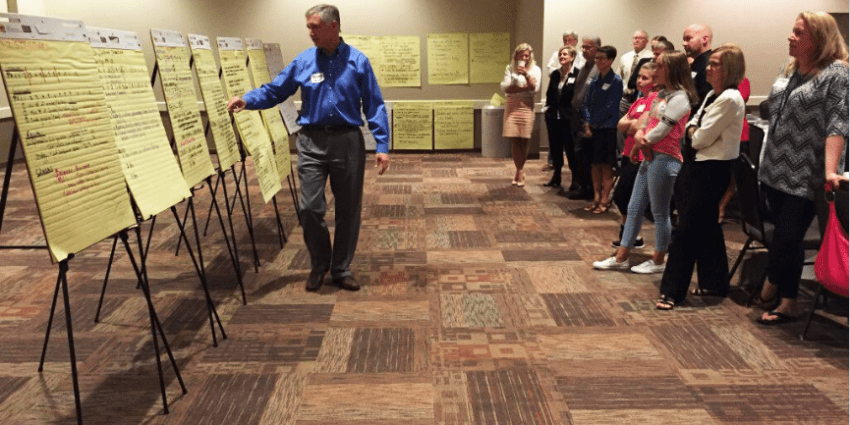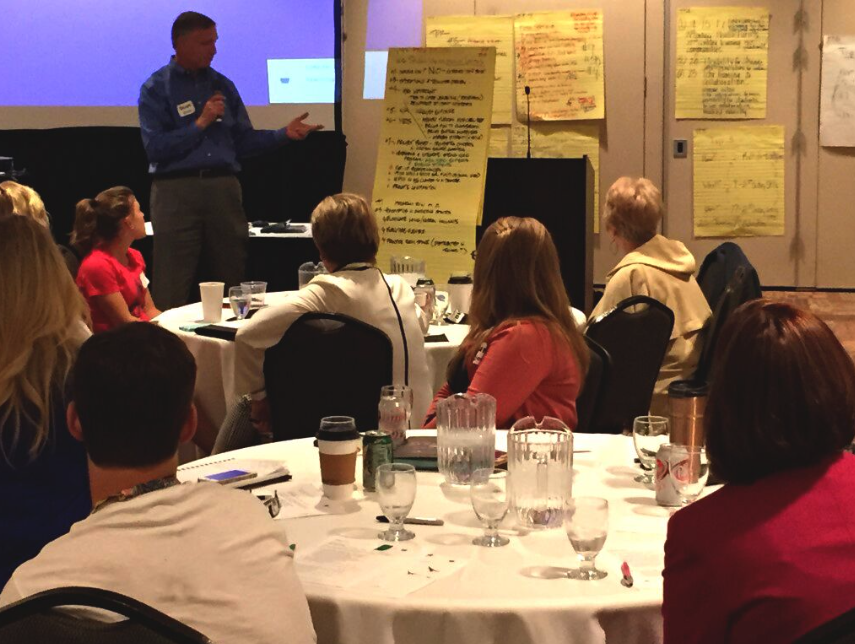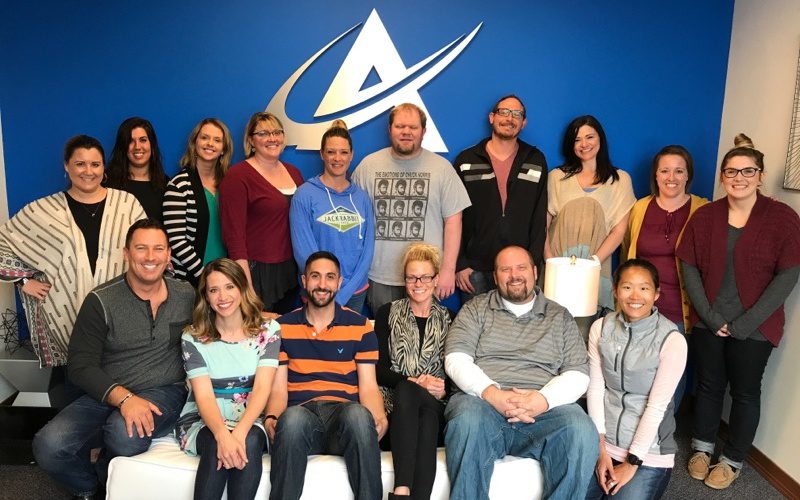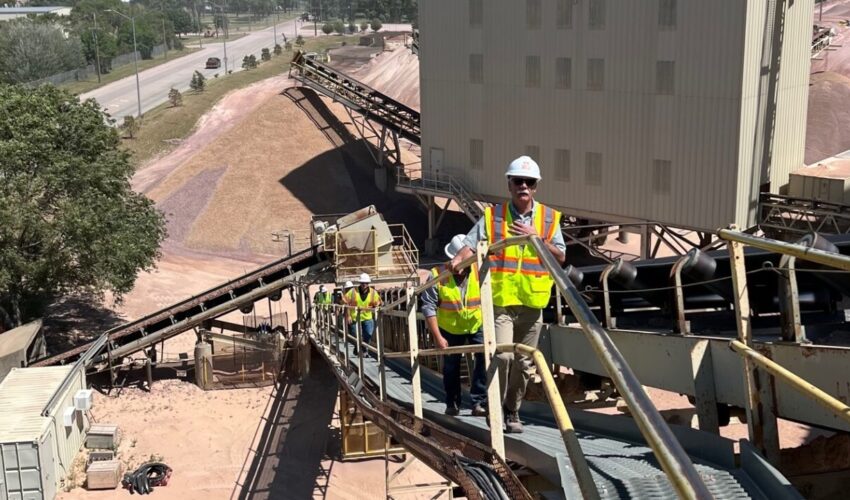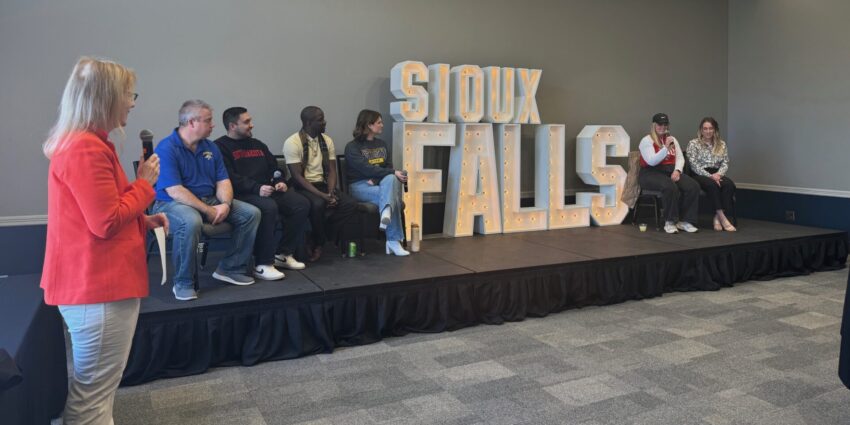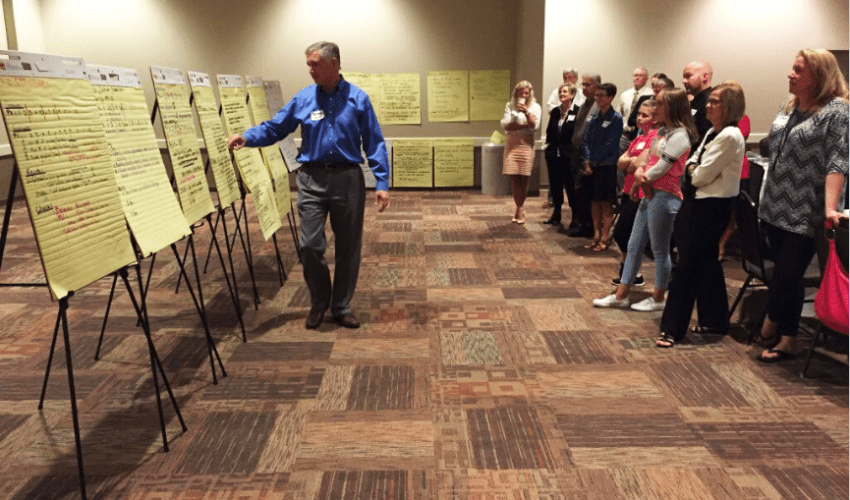Schools focus on redesigning buildings for better learning
This story is presented by TSP.
Successful school districts know there’s not just one method of learning that suits every student. Officials also are realizing educational spaces don’t fit a single pattern.
That’s why, when a school district looks toward its future, an architect who’s well-versed in districtwide planning provides an essential expertise. Environment affects experience. Thoughtfully designed spaces offer benefits to teachers and students alike, contributing to young people’s sense of safety and well-being as well as positive learning outcomes.
“Districtwide planning is really trying to understand not only how students learn the best, teachers work the best and how administration sees the future of the district,” said Sean Ervin, an architect at TSP Inc.
“In some cases we help set a vision, asking, ‘If we were going to do it differently than we do it today, how would that change and why would we want to change it so we can relay that to the community?”
In recent months, Ervin and his colleagues at TSP, a full-service architectural, engineering, planning and interior design firm, have been working with school districts in Brookings, Yankton and Lake Andes, as well as Hawarden-Ireton and Pocahontas, both in Iowa. Each school district faces separate challenges, but they had at least one thing in common, Ervin said.
“They know they’ve got some buildings that don’t really support learning methods the way they would prefer,” he said. “They’re asking how can they shift or use their buildings better to provide the highest quality of education.”
Dave Schulze, an architect in TSP’s Marshalltown, Iowa, office, has extensive experience in directing districtwide planning.
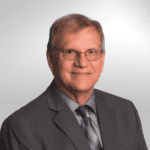
Dave Schulze
“We look at multiple sites and multiple buildings, and the idea is to create some sort of continuity across the school district,” Schulze said. “We want to identify priorities across the district as a whole. And we schedule the work so the high priority items are done in every building in sequence relative to other work.”
One issue facing school districts is determining the best time for students to switch between buildings. Typically, the performance of students falls dramatically their last year in a school and their first year at the new school. With the traditional pattern of K-5, 6-8 and 9-12, difficulties in transition are seen most vividly at the middle school level.
“In middle school, you’ve only got one effective year for a number of students,” Ervin said. “Naturally, some will excel beyond that, and others will struggle beyond that. But research shows the middle years are the most affected.”
Districtwide planning takes a look at other models that might eliminate transition issues. One proposed method goes back almost to a country school approach with kindergarten through 12th grades under one roof but zoned to sort age groups in separate areas.
Another system divides grades into K-4, 5-8 and 9-12, offering three equal transition points, Ervin said. Other models integrate middle school with elementary, again placing the ages in different zones.
One of TSP’s school clients has chosen to move all students into one building, creating three zones and crossover spaces for athletics and other events.
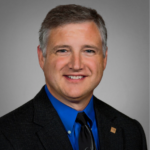
Sean Ervin
“There’s a benefit being near one another,” Ervin said. “You can have older students teach kindergartners how to read, and they have an older student to look up to. Collaboration effects are really positive, especially in a smaller school.”
While working with a South Dakota school district, architect Rob Collins facilitated discussion on education’s future and how the district could best address it. The planning process also examined parity issues among differing locations and how each could allow more student-growth opportunities, Collins said.
He and fellow TSP architects help district officials determine if their existing schools and boundaries effectively serve current student populations. Then, they forecast whether the district’s facilities are well-suited to adapt to demographic changes. A national trend is moving away from building additional “neighborhood schools in the traditional model” and changing some to magnet schools with specialty curriculum focus.
TSP is helping an Iowa school district make that determination.
“Officials have an extra building, and there is less interest in having two schools in the same town but maybe more of a specialized education that families would want to have their kids focus on,” Ervin said.
After its districtwide planning, another Iowa school district moved to interlocking L-shaped classrooms, which results in three separate teaching zones. Good education is about flexibility, Ervin said. Properly done, districtwide planning builds in more options for students to learn and more approaches to teach in whatever way the students best absorb information.
Consistency within a school district also is important, Schulze said. Teachers increasingly are assigned to more than one building, and it’s essential fire alarms and other emergency notifications sound and act the same across all facilities.
Also important: consistency in quality, finishes and resources in a district’s buildings. One school district had two junior high schools with one viewed as the lesser of the two. After the planning process, TSP came up with a single attendance center for four grades, placing grades 4 and 5 together in one “super center” and grades 6 and 7 in the other. This was the perfect solution for that district because the stigma was eliminated, Ervin said.
“A lot of planning is also focused on creating parity for like schools. We want to create a consistent educational experience for all students of the district,” Ervin said.
“If we can build spaces that have both consistency and flexibility, the district has the tools in place to have education change regularly to keep up with needs of both students and educators without have to remodel buildings first. Planning really is an investment in an effective future.”

